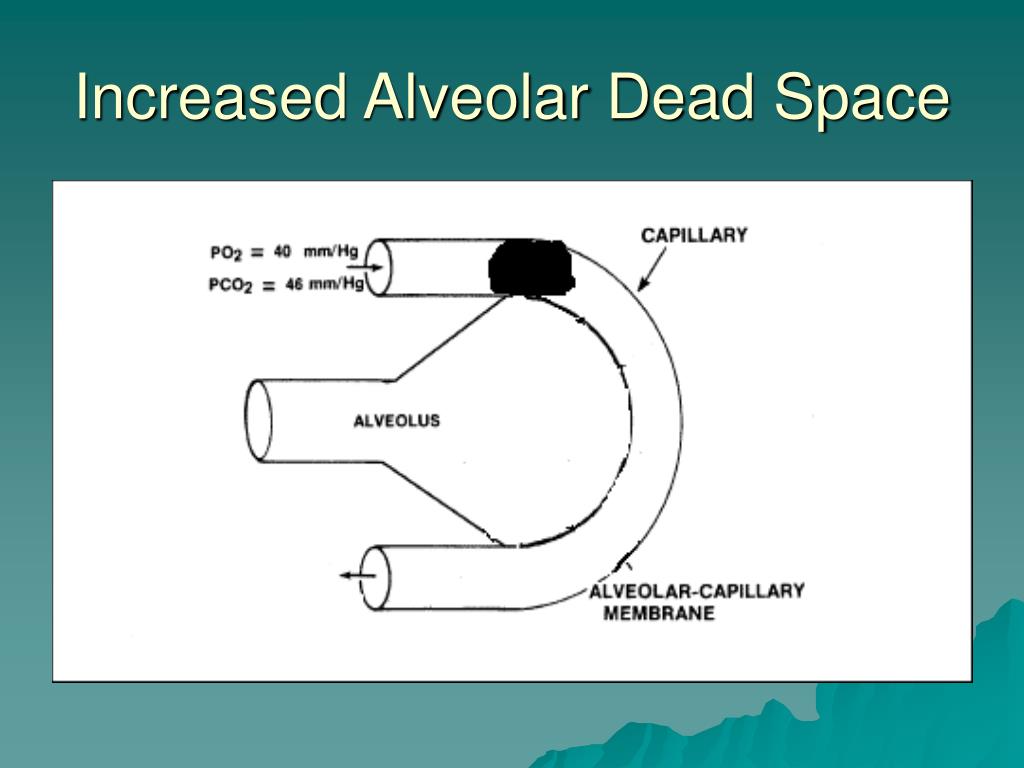

Side by Side Comparison – Anatomical vs Physiological Dead Space in Tabular FormĦ. Similarities Between Anatomical and Physiological Dead Spaceĥ. Therefore, compared to anatomical dead space, physiological dead space is clinically significant.

But under a disease condition, physiological dead space can be considerably larger than the anatomical dead space. In a healthy individual, both values are roughly equal. Anatomic dead space describes the volume of air that does not penetrate gas exchange regions of the lung while physiological dead space describes the anatomical dead space plus the volume of air that penetrates gas exchange regions but does not undergo gas exchange. They are anatomical dead space and physiological dead space. There are two ways to describe lung dead space. Thus, dead space is a portion of each tidal volume which does not participate in gas exchange.

Lung dead space is the volume of ventilated air that does not undergo gas exchange. Meanwhile, the physiological dead space refers to the anatomical dead space together with the portion of the air that reaches gas exchange regions of the lung, but does not participate in gas exchange ( alveolar dead space). The key difference between anatomical and physiological dead space is that the anatomical dead space refers to the volume of air that fills the conducting zone of respiration made up by the nose, trachea, and bronchi without penetrating the gas exchange regions of the lung.


 0 kommentar(er)
0 kommentar(er)
